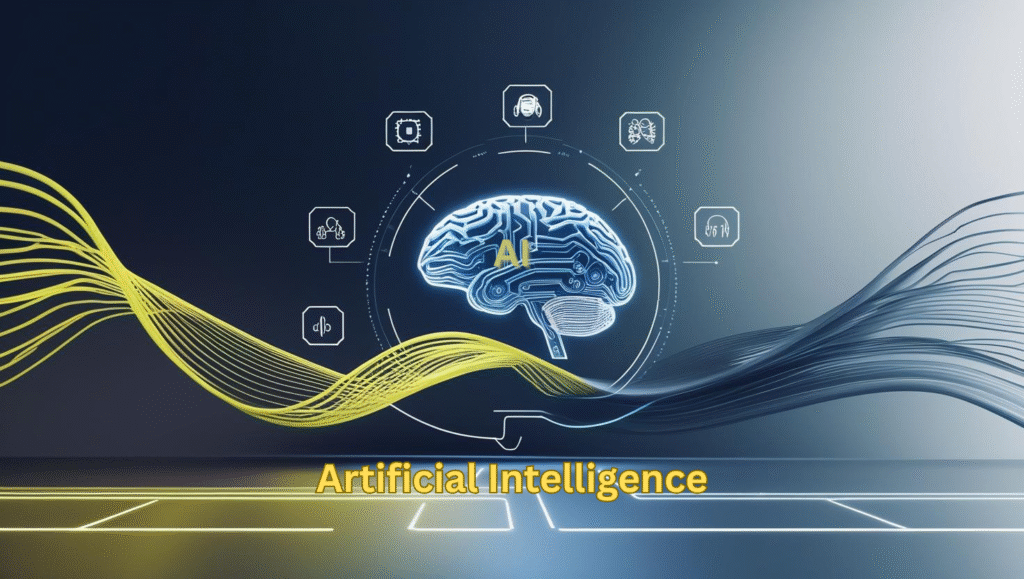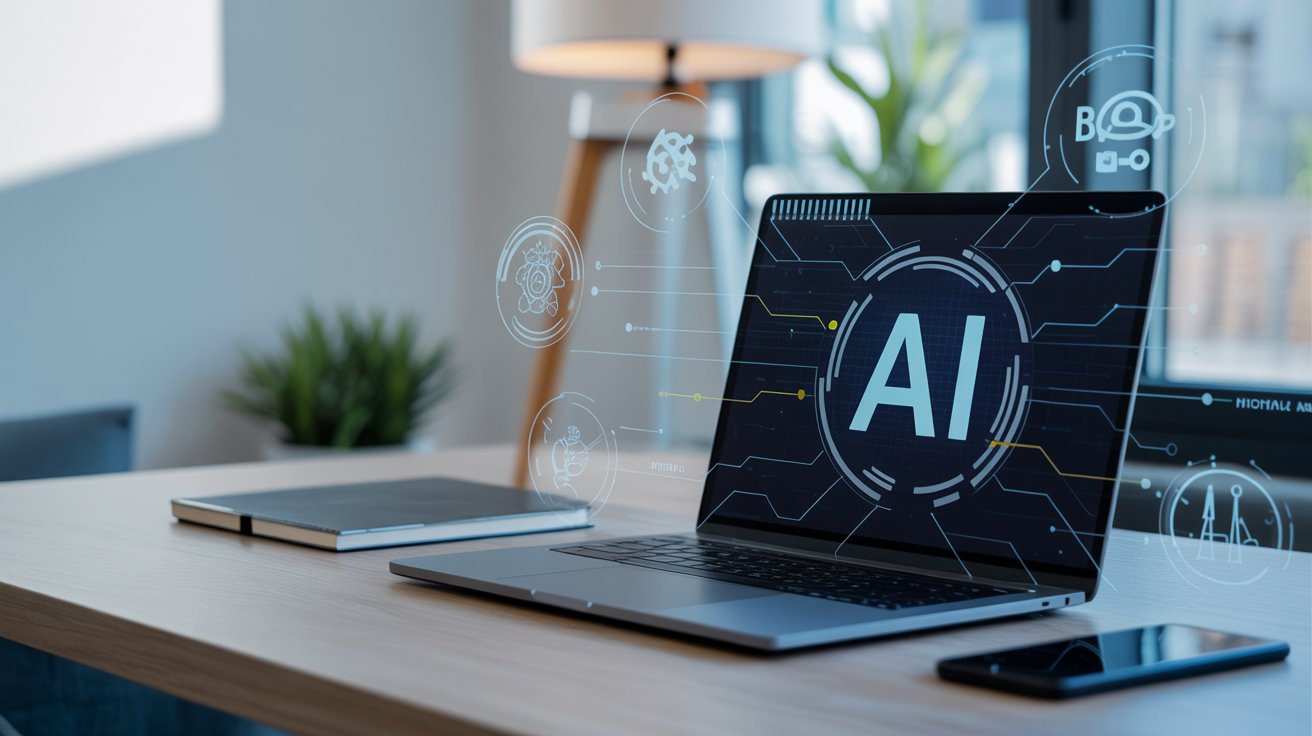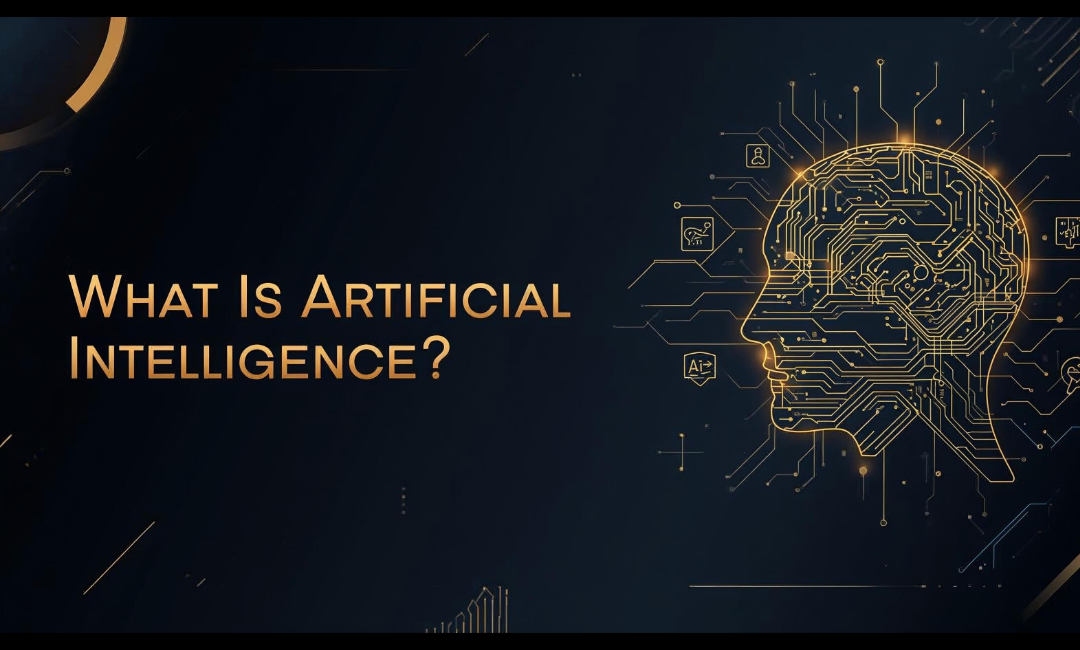Artificial Intelligence, or AI, means making machines or computers think and act like humans. It helps them learn from data, solve problems, and make decisions without being told exactly what to do every time.
How does artificial intelligence work ?
AI, short for Artificial Intelligence, refers to machines or software that can perform tasks that normally require human thinking. These tasks include things like recognizing faces, understanding speech, translating languages, or even driving cars.
But how do machines do something that seems so… human?
The answer is in how AI is built and trained using data, algorithms, and a lot of pattern recognition.
AI Doesn’t Think It Recognizes Patterns
At its core, AI is about learning from experience. Just like humans learn by seeing, hearing, and practicing, AI learns from data. Think of data as the experience an AI uses to “train” its brain.
Example:
If you show a child 100 pictures of cats and explain “these are cats,” the child will start to notice what makes a cat fur, ears, eyes, shape.
AI learns in a similar way.
You give an AI system thousands (or millions) of images of cats, and the algorithm learns the patterns that make a cat… a cat. Later, when you give it a new picture, it can say, “This looks like a cat” even if it’s never seen that exact image before.
This process is called machine learning, and it’s a big part of how AI works.
AI Doesn’t Think It Recognizes Patterns
Here’s something important to understand: AI doesn’t think or understand the way humans do. It doesn’t “know” things in the way you or I do. Instead, it recognizes patterns in data.
For example:
- When you type a few words into your phone and it suggests the next word it’s not reading your mind, it’s using data patterns based on similar sentences written by millions of people.
- When YouTube recommends a video, it’s looking at what people with similar interests watched next.
AI is constantly asking: “Based on what I’ve seen before, what’s the most likely outcome now?”
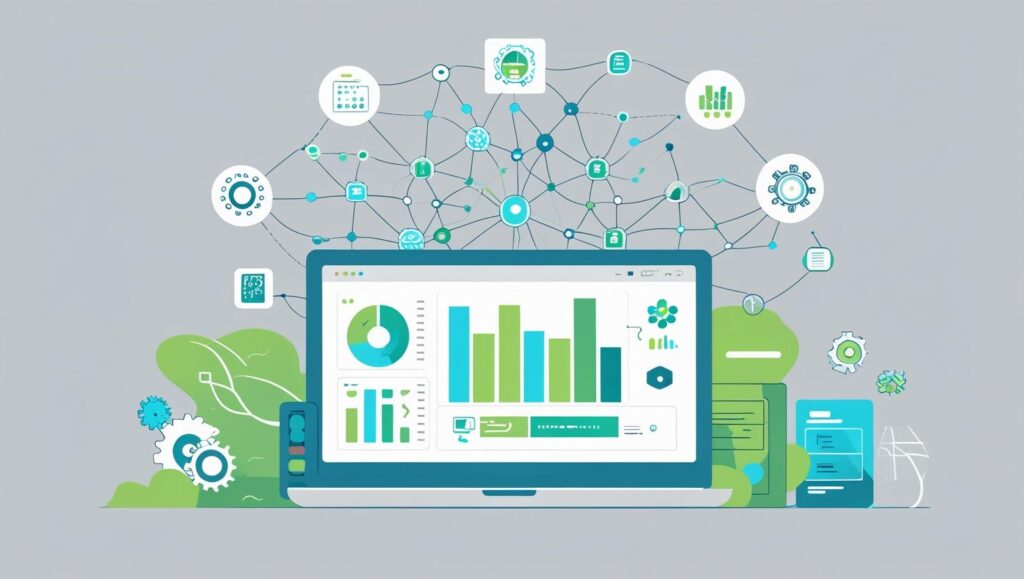
Algorithms( The Brains Behind AI )
An algorithm is just a set of rules a recipe that tells the AI what to do with all the data it gets. There are many types of algorithms, each designed for a specific task:
- Some classify images
- Some translate languages
- Some predict numbers
- Others generate text or audio
These algorithms get better over time as they are exposed to more data a process called training.
The Training Process: How Machines Learn from Experience
Now that you know AI learns from data using algorithms, let’s dive deeper into how artificial intelligence works during training.
Think of training an AI model like teaching a student. The more examples and feedback the student gets, the better they perform.
AI training usually works like this:
- Input Data: Give the AI a large set of examples (like images, sentences, numbers, etc.).
- Initial Guess: The AI makes a first attempt based on what it “thinks” is correct.
- Feedback Loop: If the answer is wrong, the system adjusts.
- Repeat: This process repeats over and over often millions of times until the AI improves.
For example, to teach AI how to tell the difference between a cat and a dog, it might be shown 100,000 labeled pictures of both. The algorithm studies what features define each and learns to sort new images correctly.
This process is called supervised learning, and it’s one of the most common ways AI is trained today.
Types of AI Learning?
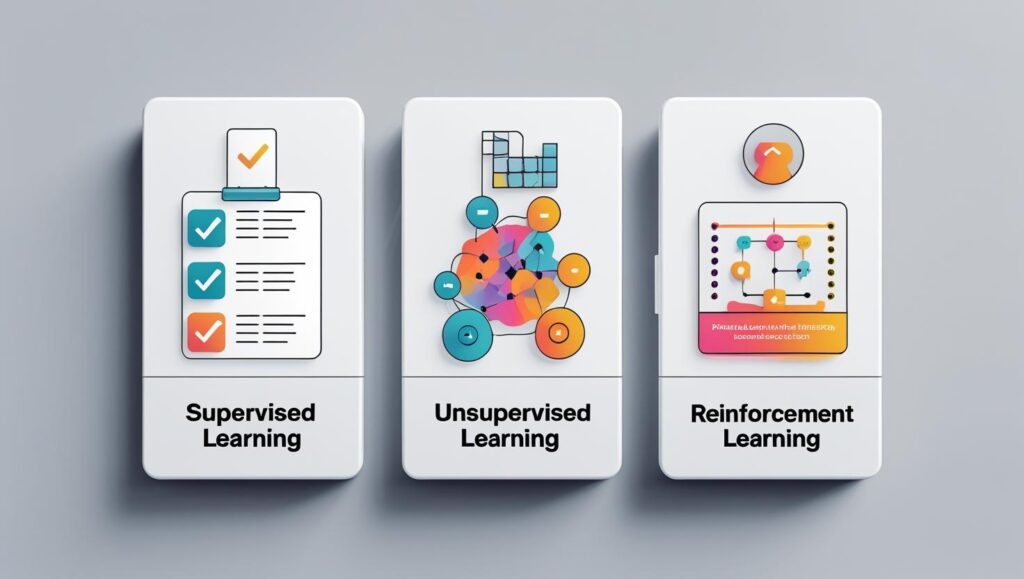
There are actually a few major types of AI learning methods:
1. Supervised Learning
As mentioned above, this is when the AI is given data with correct answers to learn from. It’s like a teacher giving students homework and then correcting their mistakes.
Used in:
- Image recognition
- Email spam filters
- Loan approval systems
2. Unsupervised Learning
In this case, the AI is given data without labels, and it tries to find patterns on its own.
Used in:
- Customer segmentation in marketing
- Detecting unusual behavior in security systems
3. Reinforcement Learning
This is like training a pet. The AI performs an action and gets rewarded or penalized depending on the result. Over time, it learns which actions give the best results.
Used in:
- Game-playing AIs (like AlphaGo)
- Robotics
- Self-driving cars
Each of these methods helps AI learn and adapt based on different needs and data types.
Natural Language Processing (NLP): How AI Understands Words
Another amazing part of how AI works is its ability to understand and generate human language. This is called Natural Language Processing, or NLP.
NLP powers:
- Chatbots
- Virtual assistants like Alexa
- Grammar-checking tools like Grammarly
- Tools like ChatGPT
So how does it work?
AI is trained on billions of sentences from websites, books, and conversations. It learns the structure of language the patterns, grammar, word meanings, and tone.
Then, when you type or speak something, it predicts the most likely response based on everything it has learned just like finishing a sentence.
Example:
You type: “I’m feeling really…”
AI might suggest: “tired,” “happy,” or “nervous,” depending on context.
AI doesn’t “feel” but it knows what people usually say next, and that’s often enough to sound smart.
Real Examples You See Every Day
Let’s take what we’ve learned and apply it to the real world. Here are some places where AI is working quietly in the background:
- Google Search: When you start typing, it auto-suggests based on popular searches and your past activity.
- Facebook/Instagram Feeds: The posts you see are chosen by an AI based on your behavior and interactions.
- Voice Assistants: When you say, “Set an alarm for 7 AM,” the AI interprets your words and takes action.
- Self-Driving Cars: These use cameras and sensors to “see” the road and use AI to make real-time driving decisions.
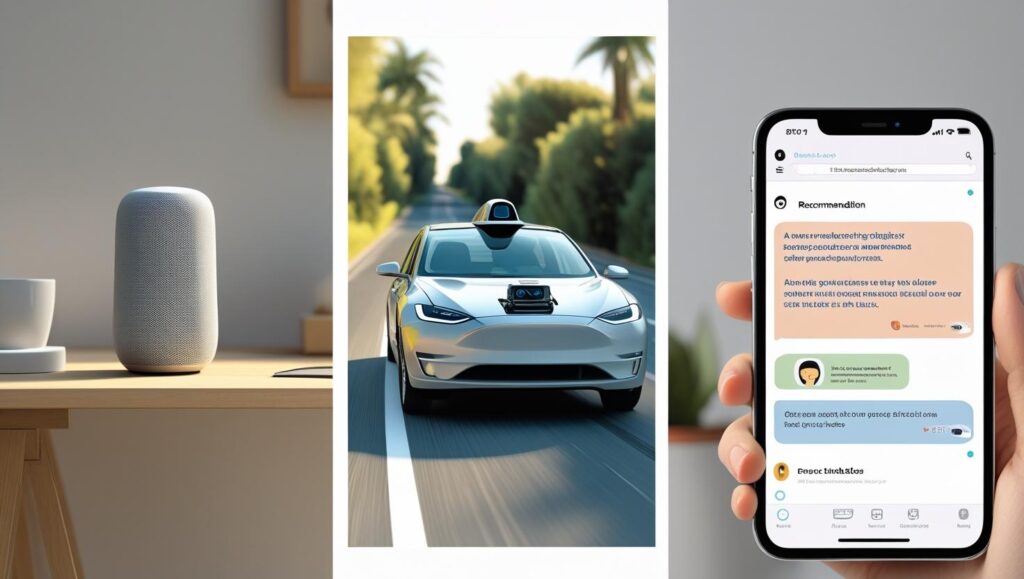
In all these examples, the AI is constantly using data, learning, and algorithms to function just as we’ve described.
Benefits of AI
Now that we understand how AI works, it’s easy to see why it’s changing the world. From personal use to global industries, AI offers some serious advantages.
Speed and Efficiency
AI can process massive amounts of information much faster than a human. It doesn’t get tired, distracted, or need breaks making it perfect for tasks that require constant focus.
Personalization
Ever wondered how Spotify knows what songs you might like? Or how Netflix recommends the perfect show? That’s AI learning your preferences and offering custom experiences based on your behavior.
Accuracy
In areas like medicine and finance, AI helps reduce errors by following patterns in data sometimes even catching things humans miss.
24/7 Availability
AI systems like chatbots or virtual assistants don’t need sleep. They work day and night to support users, answer questions, and perform tasks.
Cost Savings
While building AI systems can be expensive up front, they save time and money in the long run by automating repetitive tasks and boosting productivity.



